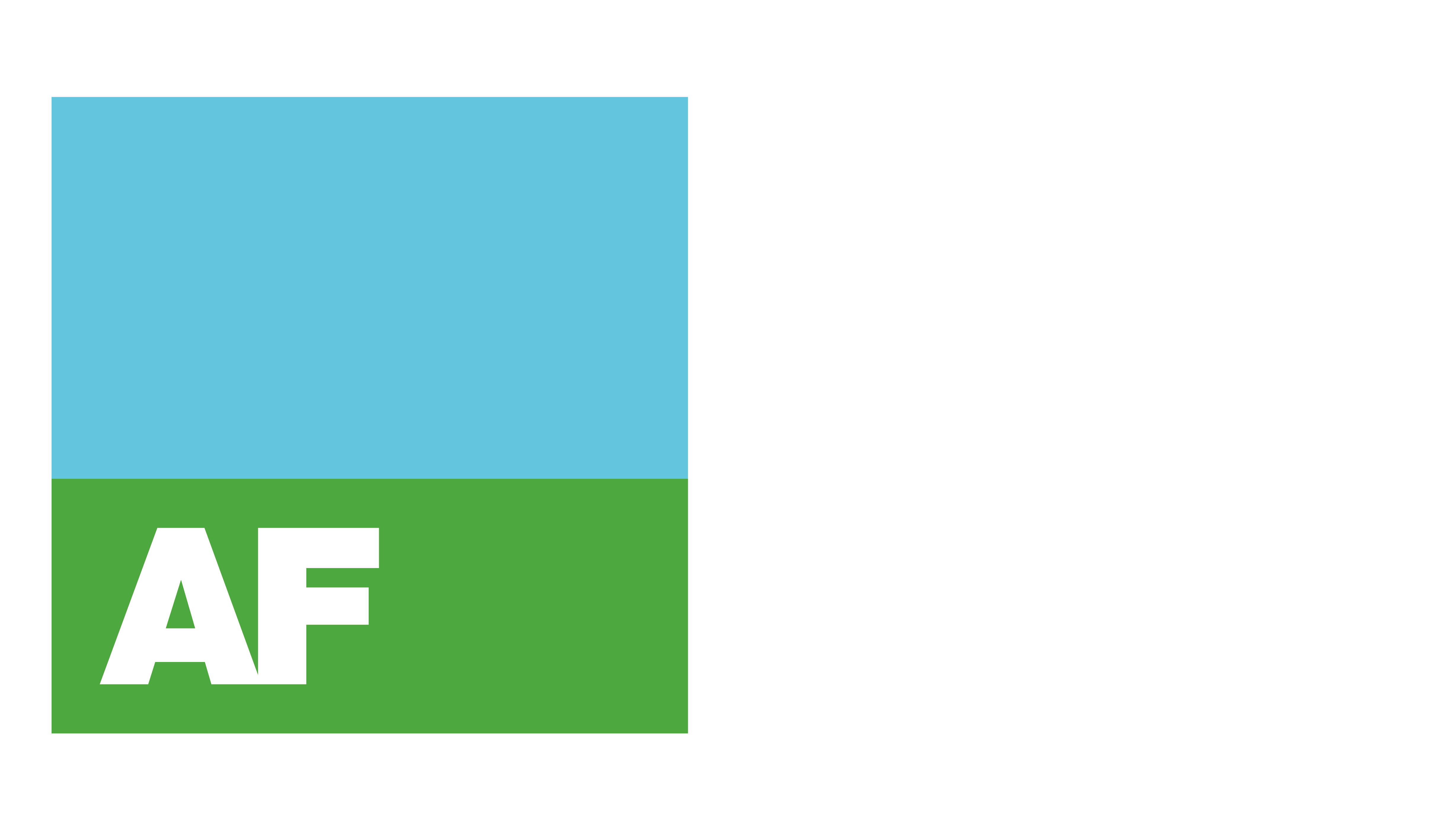As ever, this latest October Aginflation Index from AF is eagerly anticipated by many in the farming sector. We hear from Members how they use the facts in our report in their business planning and negotiations with buyers and what they are doing and how they are using AF to withstand the current aginflationary pressures.
“We don’t carry anything in stock we don’t have to, to ease cashflow. Producing our own energy from solar has slashed our electricity bill. We have changed to organic fertiliser and direct drilling to cut costs. AF is our guardian angel watching out for us for the best prices for inputs we need.” Andrew Shackell, Penlyn Estate, Wales.
“We are getting feed cover for our three dairy herds to March ’24, buying fertiliser forward, and our electricity is from a renewable source and is fixed for 4 years from 2021 (that was good move!). We’re going to up the number of cows to lower costs of production and do anything our buyers ask to get a premium. Being an AF Member is so handy as we don’t have to have multiple accounts all over the country for our three different sites. One call or email and it all goes on one account. That’s good.” Charlie Crotty, Evolution Farming Ltd, three dairy herds in West Yorkshire and East Anglia.
“We have soil mapped every field. Now using variable rate. Should have been doing that before, probably, but that is meaning that we are not going to need to apply P and K. Yes, dairy prices have tracked up with a six-week lag after input prices started increasing dramatically because processors needed to be sure of supply. David Campbell, JR &T Campbell, arable and dairy farmer in North Ayshire, Scotland.
“We measure our costs as being up 40%. So, this AF Aginflation Index is no surprise to us and it’s something we’ve had to manage. The biggest one for us and the 18 other farms we support is to pass on the costs. The main thing for us is to spend time with our buyers, really educating them on our costs. This year we put through four price increases to customers. In the past five years we had only put in one price increase. The AF report is really useful because it’s data that is not from us, but from validated third party, that we can use to show this is the reality. Martin Glinski, St Ewe Free Range Eggs Ltd, over 200,000 birds from 17 producer farms, Cornwall.



